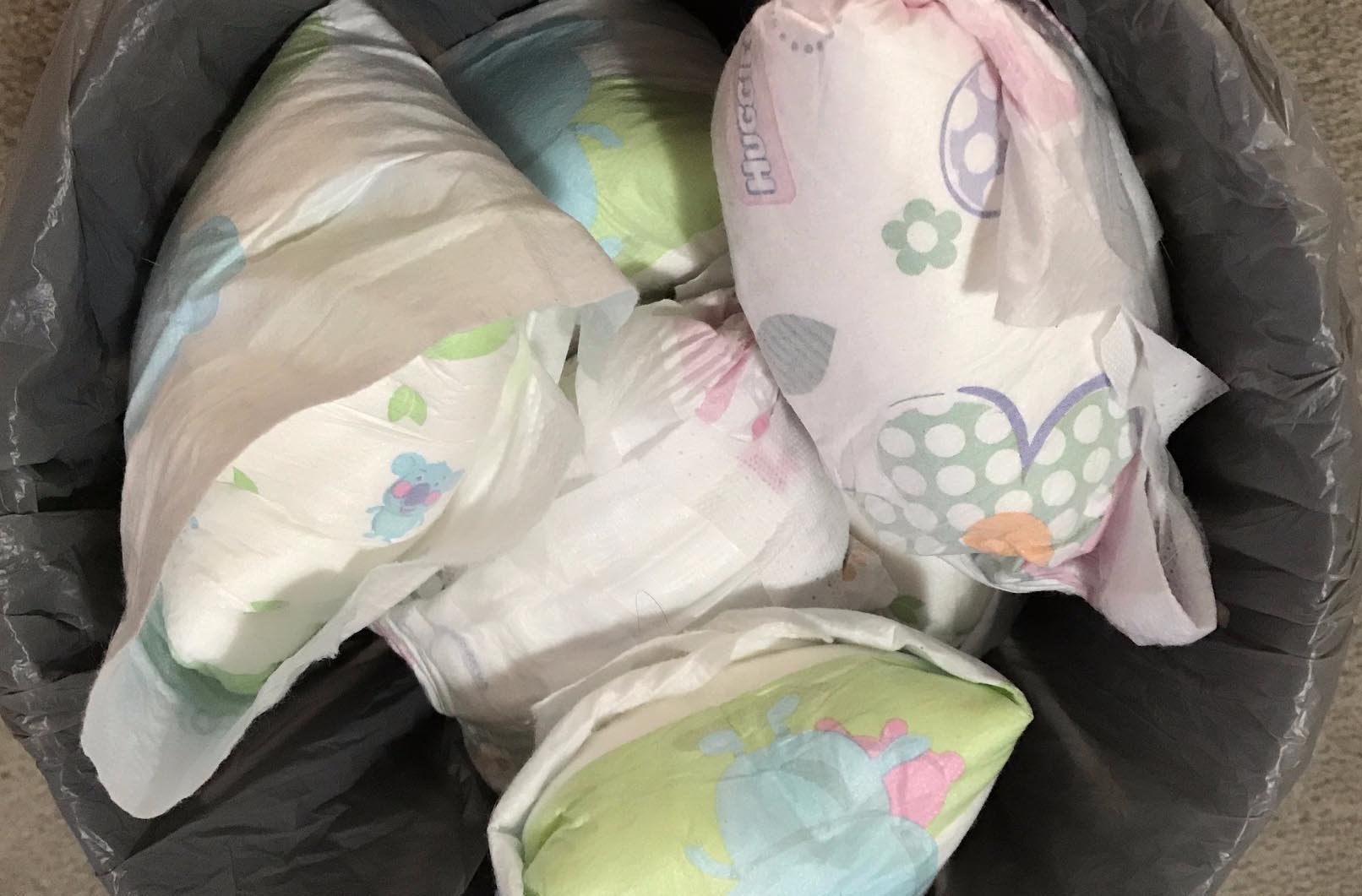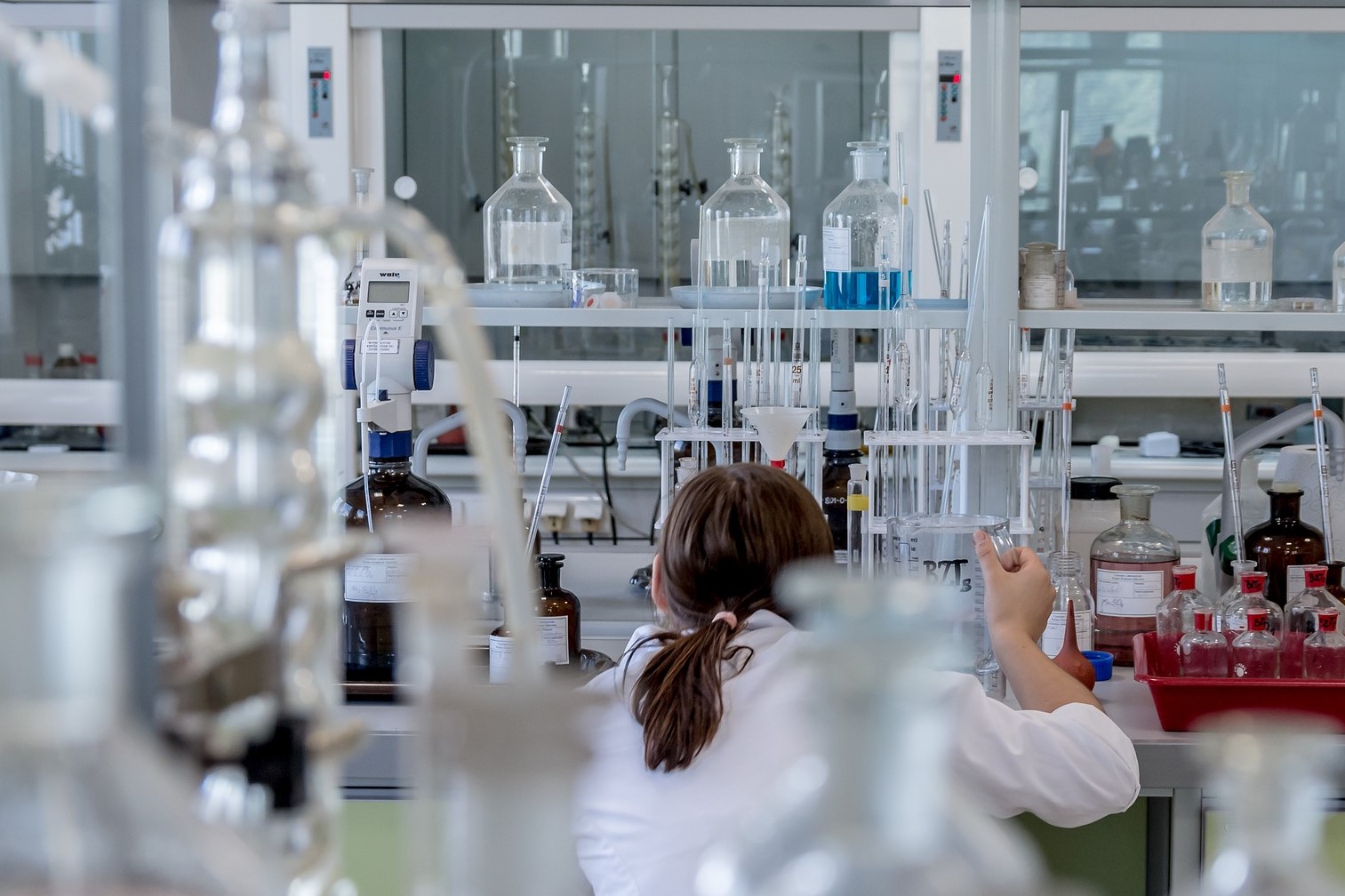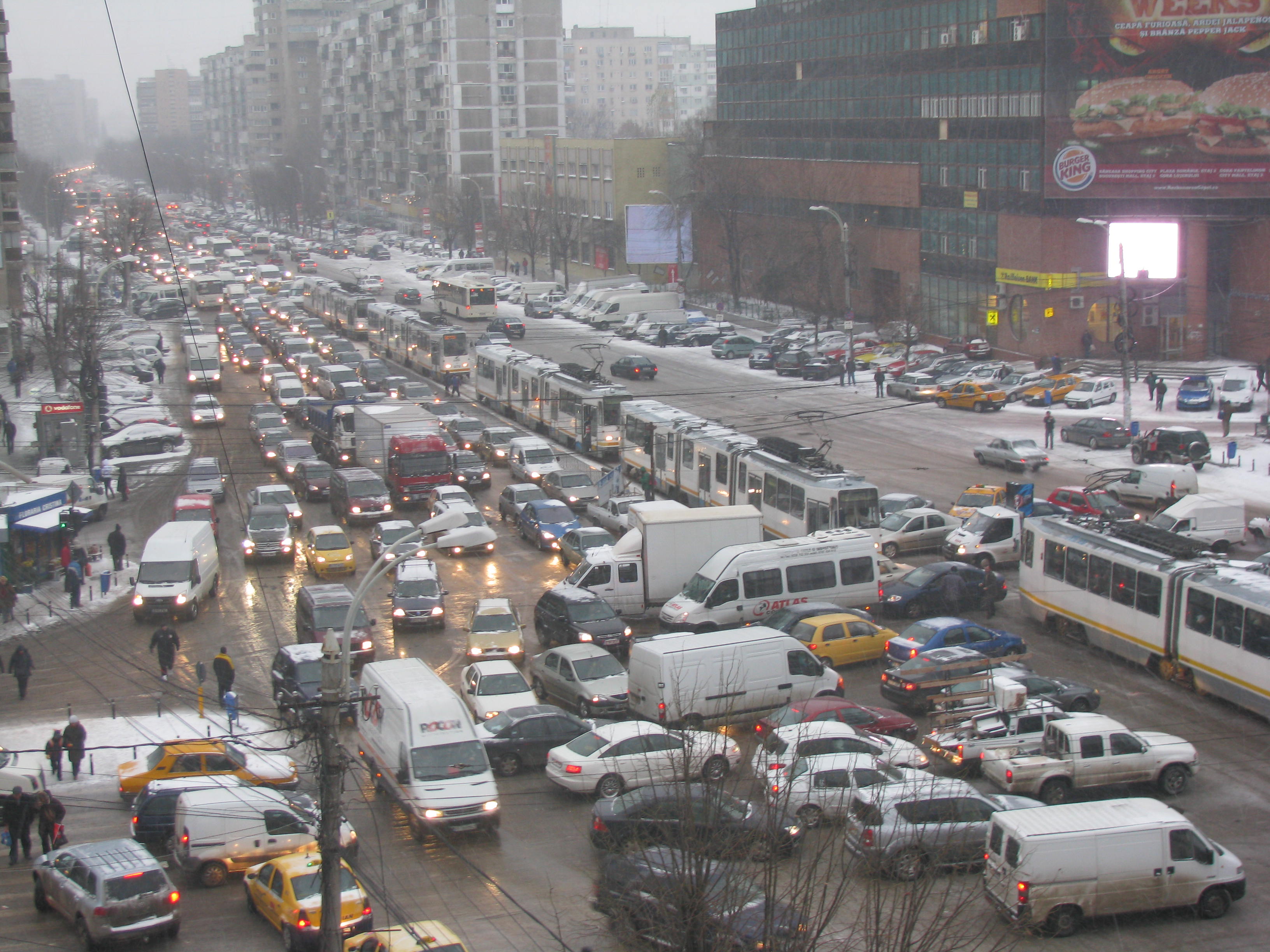Scientists want to use dirty nappies as a source of raw materials
Thousands of soiled nappies that were destined to clog Italian landfill sites or incinerators are being redirected to a recycling plant that is turning them into streams of high quality raw materials, in a new process that it is hoped will be replicated around Europe. Every day, new parents find themselves sucked into the environmentally … Read more






